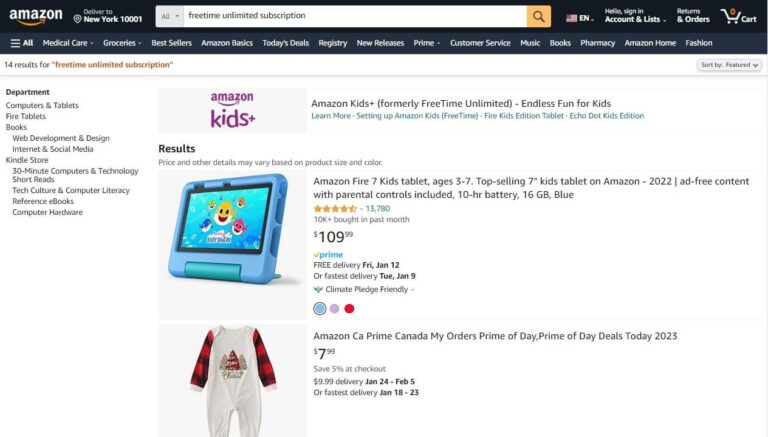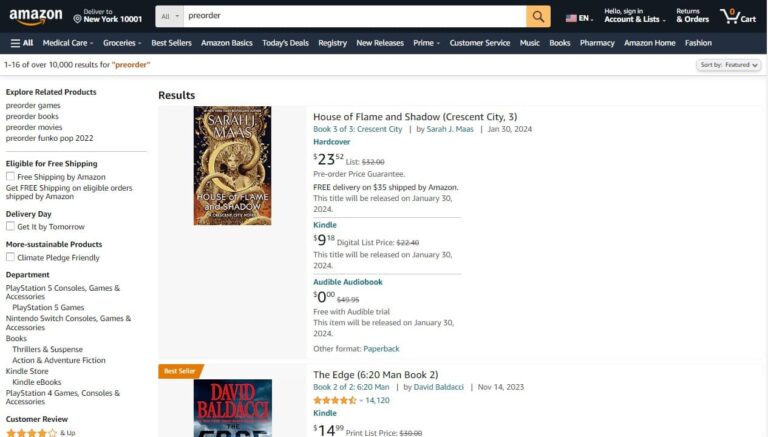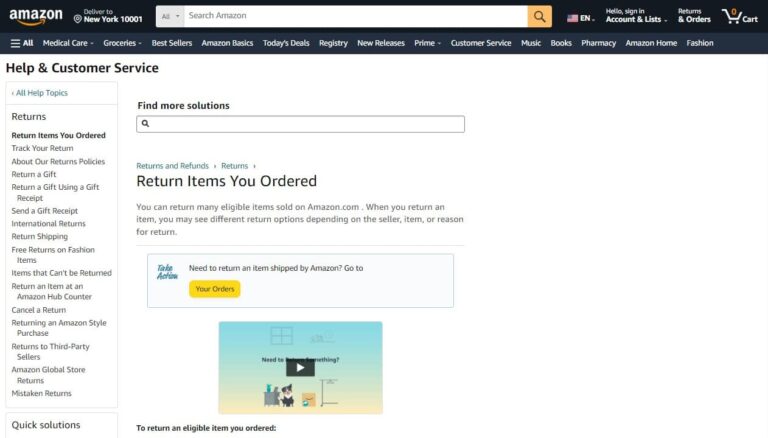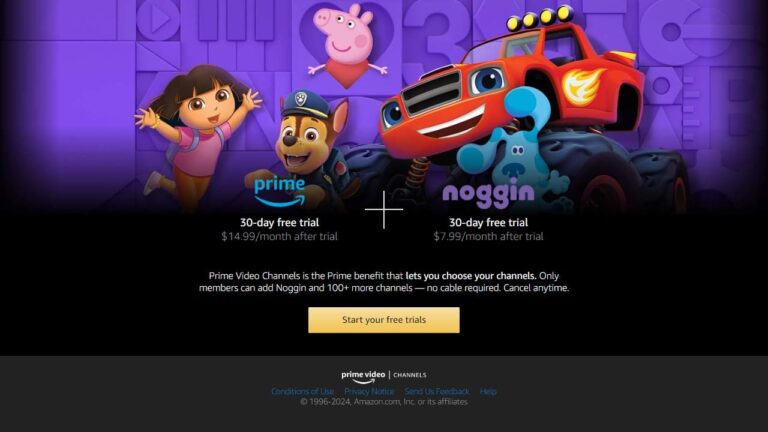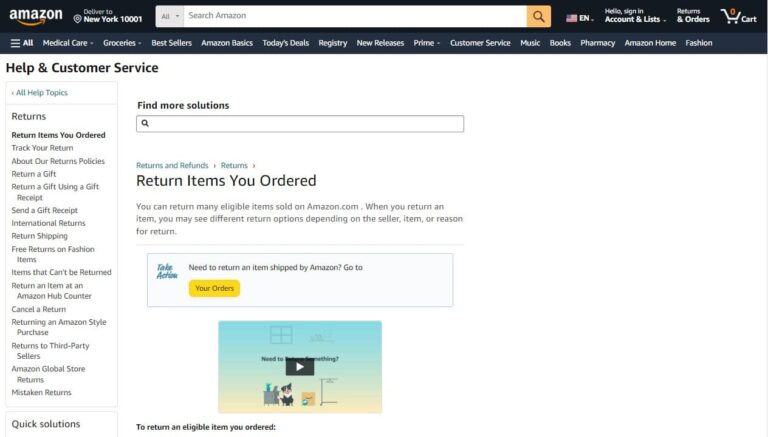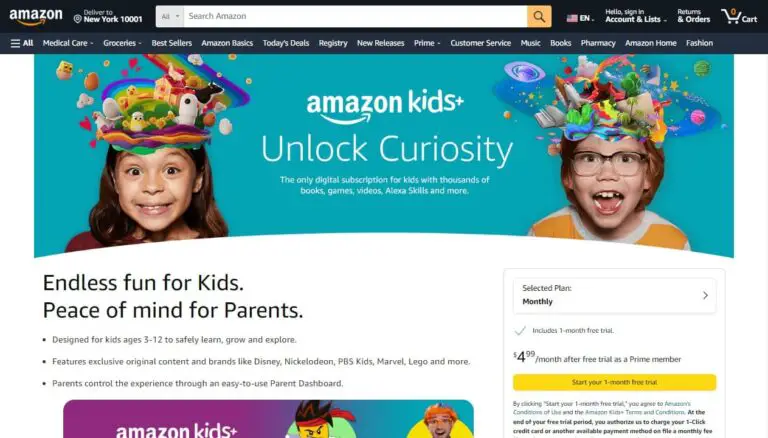How to Cancel Your Amazon Flex Block (And Avoid Deactivation)
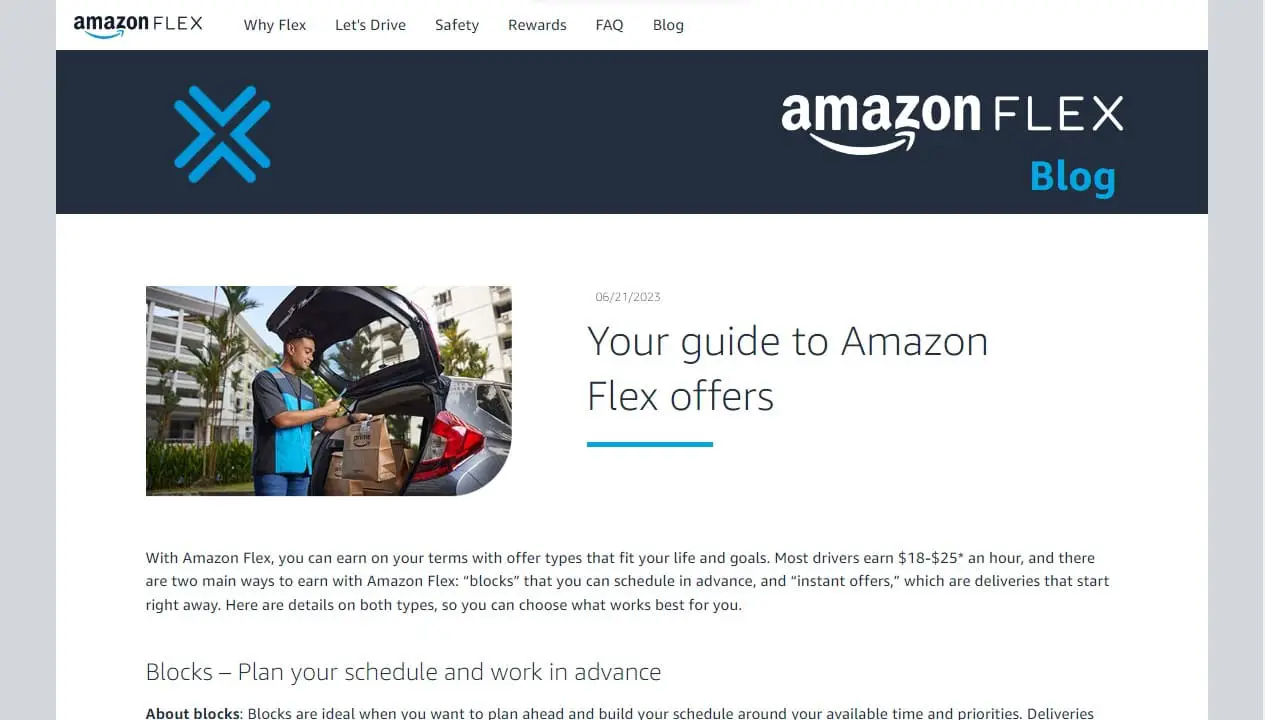
Have you ever found yourself needing to cancel an Amazon Flex block at the last minute due to an unexpected schedule change or emergency? As an Amazon Flex driver, it’s inevitable that situations will arise forcing you to forfeit a delivery block. However, frequently cancelling blocks can negatively impact your account standing and even result in deactivation. So how many times can you cancel an Amazon Flex block before facing consequences?
The short answer is that while Amazon allows reasonable cancellations, drivers risk deactivation if they repeatedly cancel blocks without sufficient notice. Ideally, blocks should be cancelled at least 45 minutes prior to the start time through the Flex app.
In this comprehensive guide, we’ll cover everything you need to know about properly cancelling Amazon Flex blocks, including:
- Common reasons for needing to cancel a block
- Step-by-step instructions for cancellation
- How frequently calling blocks affects accounts
- Tips to avoid last-minute cancellations
- What to do if your account is deactivated
- Alternatives to Amazon Flex
Explaining the ins and outs of Amazon’s delivery blocks system will empower drivers to make smart decisions when issues arise so they can avoid account penalties. Let’s get started!
What Are Amazon Flex Blocks?
Amazon Flex is a program where independent contractors sign up to deliver packages for Amazon on a flexible schedule using their own vehicles. It first launched in 2015 and has expanded to 100 major cities across the United States.
The platform assigns drivers scheduled windows of time known as “delivery blocks” when they must complete deliveries. These blocks allow Amazon to accurately match labor supply to consumer shipping demand.
Blocks vary in length from 2-6 hours and specify details including:
- Date
- Delivery type
- Estimated earnings
- Start and end times
Within the Amazon Flex app, drivers can view open blocks in their region and claim ones that fit their availability using a simple swiping mechanism. The blocks are offered on a first-come, first-served basis until all packages are assigned.
Why Drivers Need To Cancel Amazon Flex Blocks?
Despite the best intentions, situations frequently arise forcing drivers to cancel their secured delivery blocks. Reasons may include:
- Unexpected schedule changes: Your other job suddenly asks you to cover a last-minute shift or a family obligation comes up.
- Vehicle issues: You discover a flat tire, dead battery, or encounter engine trouble. Rideshare insurance may not cover packages so repairs are needed before delivering.
- Personal emergencies: You or a loved one experience a medical situation requiring immediate attention.
While Amazon understands that flexible contractors juggle other commitments, repeatedly cancelling may result in lowered account standing or possible deactivation. Drivers must weight their reasons for cancelling against potential long-term consequences.
How To Cancel An Amazon Flex Block?
When circumstances require you to void a delivery block, cancelling through the Flex app is simple. Just follow these steps:
- Open the Amazon Flex app on your mobile device and tap the menu icon in the top left corner.
- Select ‘Your Schedule’ to view all upcoming blocks.
- Tap on the specific block you wish to remove from your calendar.
- Press the red ‘Cancel Block’ button at the screen’s bottom.
- Confirm that you want to cancel this block when prompted.
And just like that, you’re done! The block will disappear from your schedule instantly freeing you up. Easy peasy!
However, keep reading to learn what happens if blocks are cancelled irresponsibly or too often.
How Frequently Canceling Blocks Impacts Accounts?
Amazon does allow reasonable cancellations but frequently calling off may cause reduced delivery opportunities or account deactivation.
So how many cancelled blocks are too many?
There isn’t a clearly defined threshold communicated by Amazon before a driver’s account standing drops. But based on crowdsourced reports, cancelling 4+ blocks with less than 45 minutes’ notice seems likely to trigger penalties.
Some additional cancellation policies drivers should know include:
- Late cancellations count as missed blocks: Backing out inside the 45 minute cutoff is labelled as a “late cancellation” while past that threshold is marked as a “missed block”. Both hurt account standing.
- Random deactivations happen: Some drivers share stories of experiencing inexplicable sudden deactivations even with few cancellations. Amazon’s systems remain shrouded in mystery.
- Proactive communication reduces issues: Reaching out to support to explain personal situations might prevent issues down the road if you must cancel again.
While Amazon aims to be understanding of individual challenges, repeatedly calling off indicates unreliable labor from their business perspective. Just a few drivers cancelling blocks could leave packages undelivered unless backups take them.
That’s why accountable and consistent attendance is valued.
Tips To Avoid Having To Cancel Blocks
Since frequently cancelling Amazon Flex blocks jeopardizes your account, it’s smart to utilize strategies minimizing this risk.
Only Accept Blocks You Can Complete
Carefully check the delivery date, hours, and pay rate before swiping to accept. Make sure it aligns with your availability, skills, experience, vehicle capacity and comfort navigating that area. Decline any blocks seemingly too difficult to fully execute.
Don’t get overambitious selecting blocks vastly exceeding your capabilities assuming you’ll figure it out later. Only sign up for what realistically works for you.
Keep Your Schedule As Open As Possible
Unless you have rigid fixed obligations, keep your schedule generally flexible to accommodate unexpected blocks fitting nicely into openings. Treat Flex blocks as higher priority commitments when feasible over discretionary activities. Enable notifications so great last minute blocks don’t slip through your fingers!
Communicate Issues Early
Should pressing circumstances still require you to cancel, immediately contact support via chat or phone. Explain your situation politely and directly then reaffirm your dedication once matters are resolved. This builds compassion lowering the chance of penalties for occasional issues outside your control.
What To Do If Deactivated From Amazon Flex
If you receive the dreaded deactivation email from Amazon, don’t panic. All hope isn’t necessarily lost. You have two options to potentially regain access:
Appeal The Termination
Every deactivation notification contains standard language about appealing if you feel the determination was made in error. To submit an appeal:
- Email support explaining your situation and why you deserve reactivation. Emphasize any mitigating circumstances for cancellations that were unavoidable.
- Provide documentation strengthening your case like photos, medical paperwork, repair invoices etc. These prove legitimacy to your claims.
- Follow up regularly to reaffirm your commitment improving reliability when reinstated. Annoy them into submission!
If your explanations demonstrate legitimate barriers making consistency impractical plus a drive to overcome them, you stand a fair chance of successfully appealing.
Create A New Account
If appeals prove fruitless, creating an entirely separate account unconnected to your deactivated one may offer a clean slate. You need new:
- Email & password
- Phone number
- Bank account
This essentially establishes a distinct identity from your original record. However, Amazon could still potentially match identifying info like your SSN or driver’s license down the line attributing past offenses under the new entity. Tread carefully!
Block Forfeitures vs Cancellations
Another related term tossed around is “forfeiting” an Amazon Flex block which carries greater implications than cancelling. But what’s the difference?
When forfeiting a block, you notify Amazon 30+ minutes prior to the start time of your inability to complete it allowing possible reassignment. It’s essentially an early cancellation.
However, Amazon considers block forfeitures more severely than cancellations in assessing account standing since it provides them minimal time to cover. Too many forfeitures could also contribute to lowered access or deactivation.
Aim to cancel blocks with as much notice as possible. But if an emergency arises preventing attendance, forfeiting the block still avoids being marked as a no-show – the worst offense signaling complete unreliability.
Maintaining Account Health
Since cancelled and missed blocks hurt assessments of dependability, maintaining high marks across all reliability metrics protects against deactivation threats.
Improve Ratings
Amazon’s standings formula incorporates multiple weighted factors including ratings. Higher customer ratings earning ‘Fantastic’ or ‘Great’ status unlocks additional delivery chances and boosts points gains.
Some best practices for improving ratings include:
- Friendly communication
- Careful driving & parking
- Double checking instructions
- Proper package handling
- Attentive delivery confirmation
Go above and beyond ensuring five-star experiences!
Use Reserved Blocks
Another way to reinforce reliability is utilizing Amazon’s Reserved Blocks when possible. You indicate broad availability parameters in the app and will receive exclusive offers for blocks during those recurring windows you’re likely capable of fulfilling.
Reserved blocks align with your existing schedule helping avoidance of urgent cancellations due to conflicts.
Work Peak Hours
Lastly, opting for blocks during the busiest delivery windows helps numbers. Since Amazon releases more blocks on high volume days, scheduling around the optimal hours in your region allows more opportunities demonstrating dependability.
Timing block acceptance around demand surges wins all around through revenue maximization and accountability markers!
Alternative Delivery Apps
If you ultimately determine Amazon Flex isn’t a fit due to account uncertainties from needed cancellations or endless waiting for elusive offers, plenty of apps provide similar package delivery gigs worth exploring.
Top options include:
Uber Eats
- Deliver restaurant meals locally
- Flexible blocks
- Decent tips
Instacart
- Shop and deliver groceries
- Choose store orders
- Schedule freedom
DoorDash
- Food and convenience delivery
- Driver dashboards
- Peak pay challenges
GoShare
- Moving and delivery assistants
- Large vehicle owners ideal
- Physical work involved
The diversity of apps guarantees you can find delivery work suiting your vehicle, schedule, interests and financial needs – with likely fewer reliability requirements than Amazon.
The Bottom Lines: Canceling Amazon Flex Blocks
As an independent Amazon Flex driver, committing to blocks expectedly has to be balanced against life’s unpredictable demands. Yet excessive last-minute cancellations or missed blocks risk account consequences.
Follow these best practices to smoothly cancel blocks when necessary:
- Cancel blocks through the app at least 45 minutes pre-start
- Limit late cancellations as much as possible
- Proactively communicate issues early
- Improve ratings and maximize peak hours
- Appeal deactivations providing documentation
- Consider other delivery apps if deactivated
Hopefully this guide better equipped everyone to make smart decisions when needing to cancel Amazon Flex blocks, avoid unnecessary deactivations and maintain delivery opportunities even when issues arise!
Let me know if you have any other questions!

